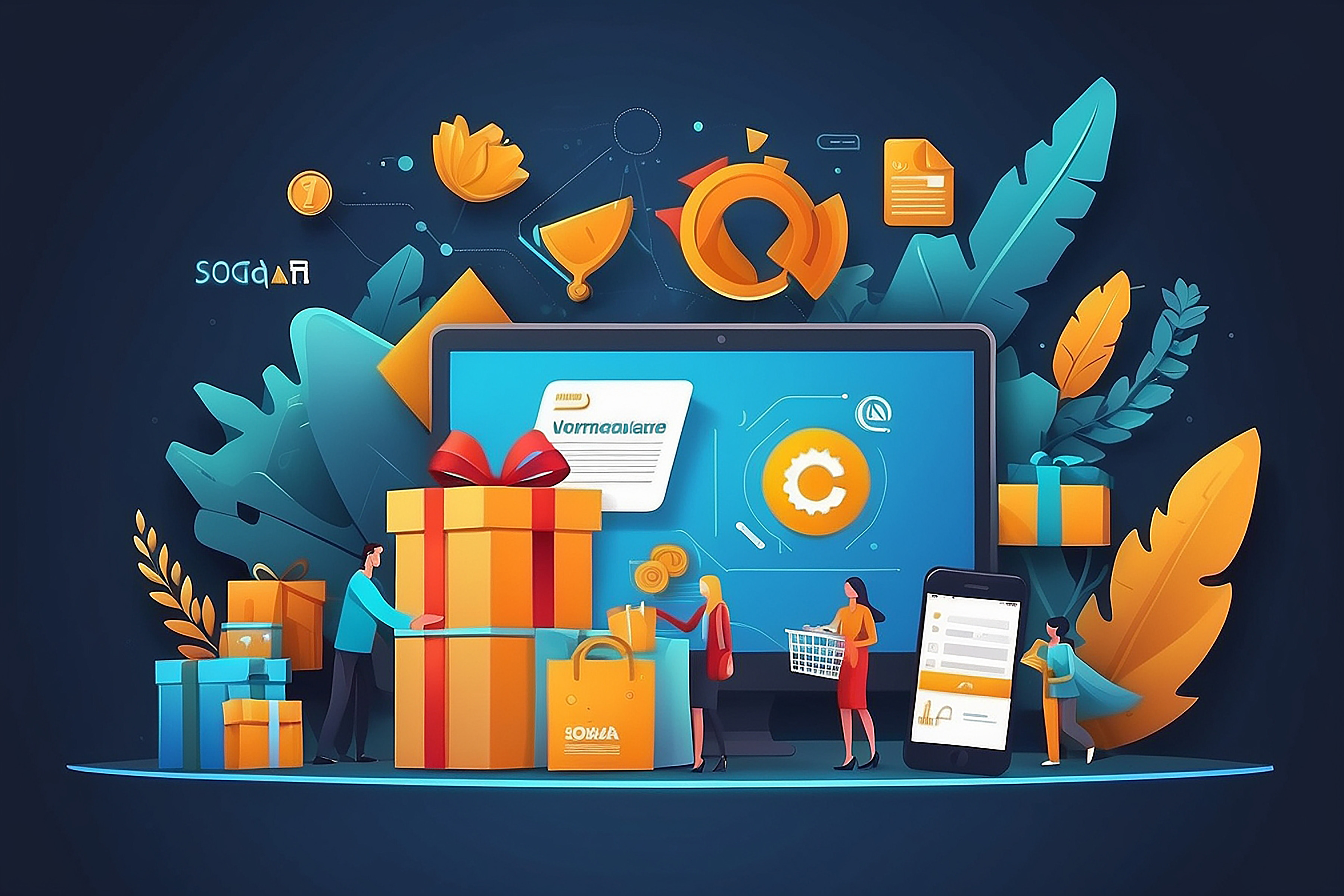
5 minute read
loyalty program software
How to Create a Customer Loyalty Program Software
Creating a customer loyalty program software can be a game-changer for businesses looking to build long-lasting relationships with their customers. A well-designed loyalty program can help increase customer retention, boost sales, and drive more traffic to your brand. If you're considering developing a loyalty program software, here’s a straightforward guide to help you get started.
1. Define the Purpose of Your Loyalty Program
Before diving into the technical side, clarify why you want a loyalty program. Is it to reward frequent buyers? Or to encourage referrals? Defining the purpose early on will guide the design and features of your software. A good loyalty program should align with your business goals and offer genuine value to your customers.
Example: If you run a retail store, your goal might be to encourage repeat purchases. For a service-based business, the purpose could be to build brand loyalty by rewarding long-term clients.
2. Choose a Reward Structure
Your reward structure determines how customers earn points or rewards. Make it simple, attractive, and easy to understand. Popular structures include:
Point-Based System – Customers earn points for each purchase, which can be redeemed for discounts or gifts.
Tiered System – Different levels of rewards are available depending on how much a customer spends. This encourages higher spending.
Referral Program – Rewards are given when customers refer friends to your business.
Tip: Ensure the reward structure fits your audience. If you have frequent shoppers, a point-based system may work best. For higher-end products, a tiered system could offer better incentives.
3. Set Up the Core Features of Your Loyalty Program Software
When building loyalty program software, focus on key features that make it easy to use and engaging for customers. Some must-have features include:
User-Friendly Interface: A simple and intuitive design helps customers engage with your program easily.
Points Tracking: Customers should be able to view their points or rewards in real-time.
Redemption Options: Clearly show how customers can redeem their rewards.
Notifications: Send customers updates on their points, upcoming rewards, or special offers.
Integration with Sales Systems: Ensure the software can connect with your existing sales or e-commerce platform.
Consider also adding personalization features, like customized offers based on purchase history. The easier it is for customers to use, the more likely they’ll engage with your program.
4. Decide Between Building or Buying the Software
Creating loyalty program software can be done from scratch, or you can purchase a ready-made solution. Both options have pros and cons:
Building from Scratch: Offers more customization and control, but it requires a larger budget and a longer development timeline.
Buying a Ready-Made Solution: Often quicker and more affordable, but may lack specific features you want.
If you're just starting, purchasing a basic software package might be more practical, as it allows you to test the loyalty program concept without heavy investment. Later, you can invest in a custom solution if needed.
5. Ensure Data Security and Privacy Compliance
When handling customer data, security is critical. Ensure the loyalty program software follows data privacy regulations like GDPR or CCPA (depending on your region). This means:
Keeping personal information secure
Avoiding unnecessary data collection
Being transparent about how data will be used
Customers trust companies that prioritize their privacy. Make sure to build or choose software that respects data security and provides easy-to-understand terms for users.
6. Develop an Incentive Strategy
Even the best-designed loyalty program needs marketing. Let your customers know about the benefits of joining and staying active in the program. Some ideas for incentives include:
Sign-Up Bonuses: Offer bonus points or a small discount for signing up.
Double Points Events: Periodically offer double points on certain purchases to encourage spending.
Birthday Rewards: Give special offers on customer birthdays to make the program feel more personal.
Consider adding seasonal incentives or limited-time offers to keep the program exciting. Promote these perks through your website, email, and social media to reach more customers and increase participation.
7. Test and Gather Feedback
Before fully launching your loyalty program software, test it thoroughly to make sure it’s working smoothly. Ask a few trusted customers or employees to try out the software and provide feedback. Listen to their suggestions for improving the user experience.
Once the software is live, continue to gather feedback. Customer feedback can help you identify issues early and give you ideas for new features or rewards that could enhance the program.
8. Track Performance and Make Adjustments
To ensure your loyalty program is driving the results you want, track metrics like:
Customer Retention Rate: Are more customers returning because of the loyalty program?
Redemption Rate: How often are customers redeeming their rewards?
Engagement Rate: Are customers actively participating in the program?
Regularly reviewing these metrics helps you understand what’s working and what isn’t. Don’t hesitate to adjust your reward structure or incentives if something isn’t performing as expected.
Final Thoughts
Creating a customer loyalty program software doesn’t have to be overwhelming. By focusing on a simple design, valuable rewards, and customer privacy, you can build a program that both you and your customers love. Whether you’re aiming for a high-tech custom solution or a more basic, ready-made software, remember that the success of a loyalty program lies in its ability to make customers feel appreciated and valued.
With the right strategy and execution, your loyalty program software can become a powerful tool for boosting customer loyalty and long-term business success.










